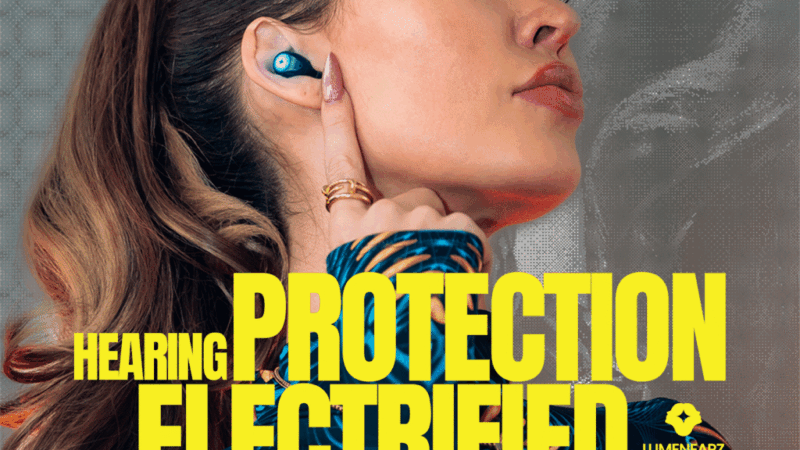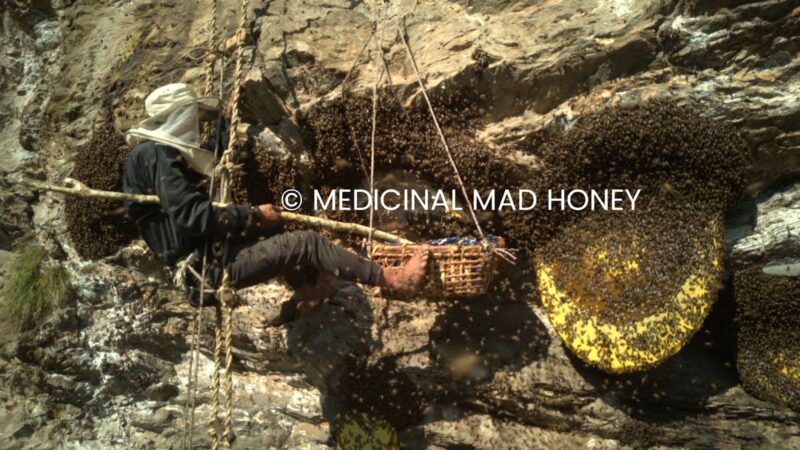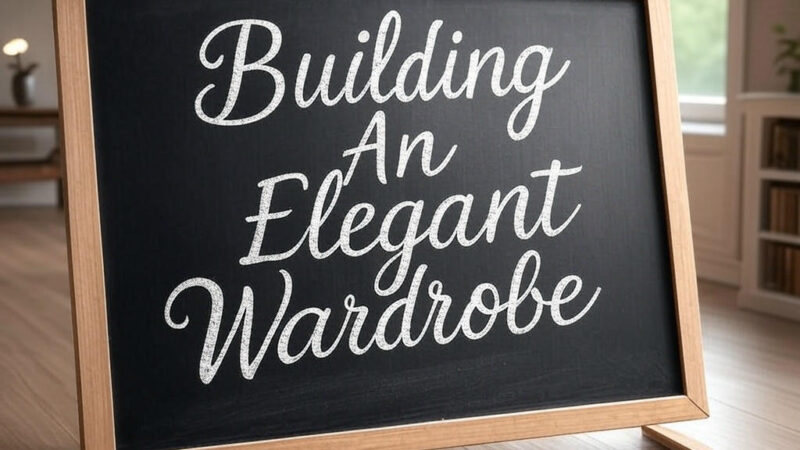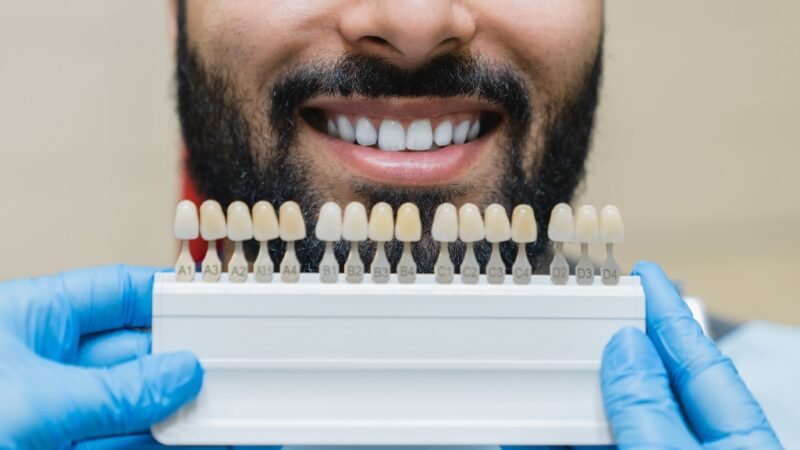Clean Heads, Clear Minds: How to Handle Lice Without Losing It
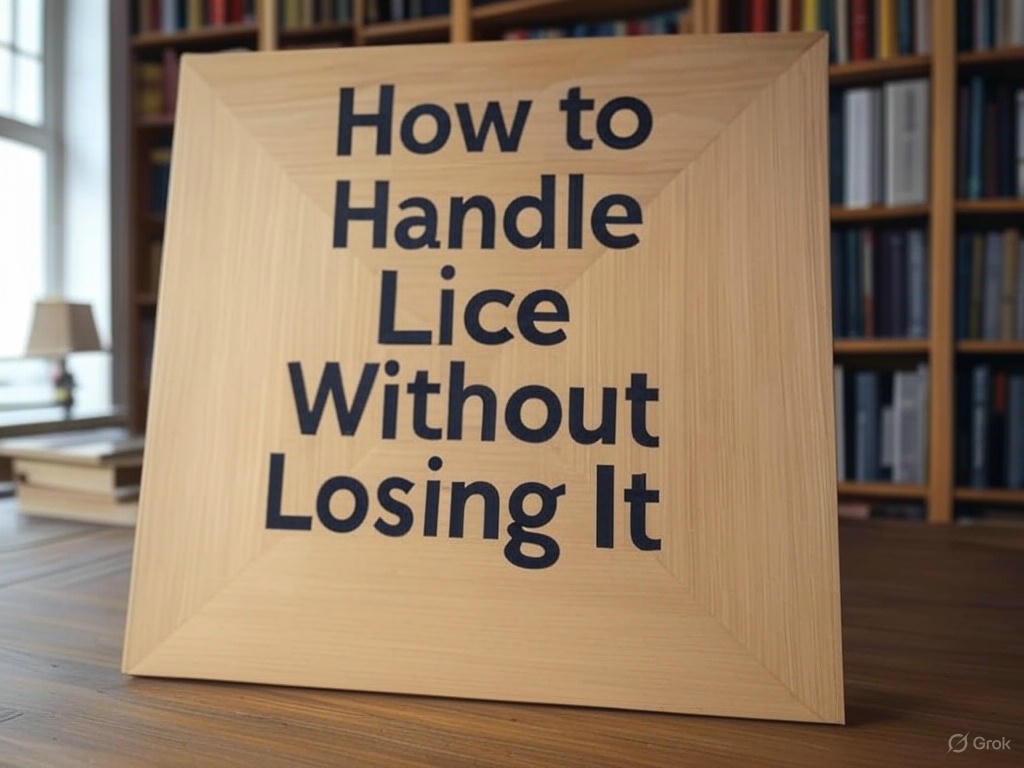
Head lice are tiny beetles, but they can cause great stress-especially for families with children of school age. These little pests don’t care how clean their hair is. They just want a warm head to live on, and many strands that they can use. Regardless of whether you have to do with lice for the first time or fifth, this guide will help you to deal with it calmly, quickly and correctly.
Common causes of lice infestation
How lice spread in schools and daycare centers
Head lice or Pediculus humanus capitisLove places where children are close together – such as schools, daycare centers and camps. Lice don’t jump or fly. They spread through head-to-head contact. That is why children who share tablets, headphones, pillows or hugs, rather share lice.
Risk factors for overnight stays, camps and travel
Group activities outside of school – such as summer camp or sleepover – are hotspots for lice outbreaks. Sleeping bags, hats or combs can make lice easy to travel from one scalp to another. Families traveling abroad can also come across regional lice trunks that are resistant to some treatments.
Signs that your child may have lice
Physical symptoms compared to mental itching
The most common sign of lice is the itching on the scalp, especially around the ears and neck. But not everyone feels itchy immediately. Some people can go for weeks before they feel something. If your child says that his head feels “chic”, it is worth checking it.
Misdiagnosis scales or dry scalp as lice
Lice eggs (called Nissen) can look like scales, but they are different. Nissen stay on the hair shaft and do not easily train them. Dandruff is loose and falls from the scalp when it is touched. A fine -toothed comb can help you to see the difference.
Home remedies for professional treatment
What works and what is a waste of time?
There are many advice on the use of mayonnaise, olive oil or vinegar to suffocate lice. Some of these methods can slow down the lice, but they don’t always kill the eggs. Many home remedies take hours and do not guarantee results. You could spend more time treating than solving the problem.
Natural oils, vinegar and myths exposed
While tea tree oil and lavender have been encouraged as natural treatments, they are not strong enough to eliminate a full infestation. Vinegar can loosen nits from hair, but it won’t kill lice. If you rely on home remedies alone, the problem can go out longer than necessary.
Best lice treatment options in 2025
Over -the -counter products that actually work
Over-the-counter (OTC) lice shampoos are often the first choice. Look for products that contain pyrethrin or permethrin – you kill living lice, but do not kill all eggs. You have to repeat the treatment after 7 to 10 days to catch newly hatched lice.
Some newer OTC options use silicone-based formulas such as dimethicone, which work by suffocating lice. These are often less irritating and do not rely on traditional insecticides.
Advantages and disadvantages of in-clinical lice removal services
In 2025, many families turn to professional lice clinics to achieve quick results. Clinics often use heated air devices that dry out lice and nits in one session. These treatments can be expensive, but they are chemical -free and usually more effective. The disadvantage? Not every city has a clinic nearby and the insurance rarely covers it.
Prevent lice after treatment
Clean your home and your things correctly
Lice cannot live from the scalp for long, but it is still smart to wash things like pillows, bed linen, hats and hair brushes in hot water. Objects that cannot be washed should be sealed in plastic bags at least 48 hours. Vacuum floors and sofas in which hair could have fallen.
Children teach lice-preventive habits
The children should be taught not to share personal objects such as combs, hats and headphones. Encourage them to keep long hair tied up during school or group activities. A short daily review of the scalp during the outbreak season can stop lice before spreading.
Emotional tribute of lice on families
How to talk to children about lice without shame
Lice are no sign of being dirty. It is important to remind children (and adults!) That everyone can get lice. Use a calm language and assure your child that lice are common and treatable. The goal is to remove lice – not the fault.
Dealing with social stigma in schools
Although lice are harmless, they still wear a social stigma. Parents sometimes worry that their child is being teased. Schools should take over cases with privacy and care. If your child is sent home, ask the school to educate the class in a non -shamhing way.
School guidelines and legal obligations
Do the schools still have “no -nit” guidelines?
Many US schools have moved away from strict “NO-NIT” rules that once asked the children to stay at home until every wasn’t gone. The American Academy of Pediatrics (AAP) recommends that children go back to school after proper treatment – even if some nits are left.
Your rights as parents when your child is sent home
If your school still follows outdated guidelines, you have the right to ask for clarification. Ask for a copy of the lice guideline and bring you to your pediatrician to the instructions. Some states even have laws that prevent schools from excluding students with NITS.
Conclusion: clean heads, clear heads
Lice to get rid of no nightmare. With the right tools, a little patience and a quiet approach, lice can have disappeared in just a few days. Remember: you are not alone. Millions of families in the United States deal with lice every year. Regardless of whether you choose a home, professional service or both, and remind your children that lice are only a bump on the street, not at the end of the world.

